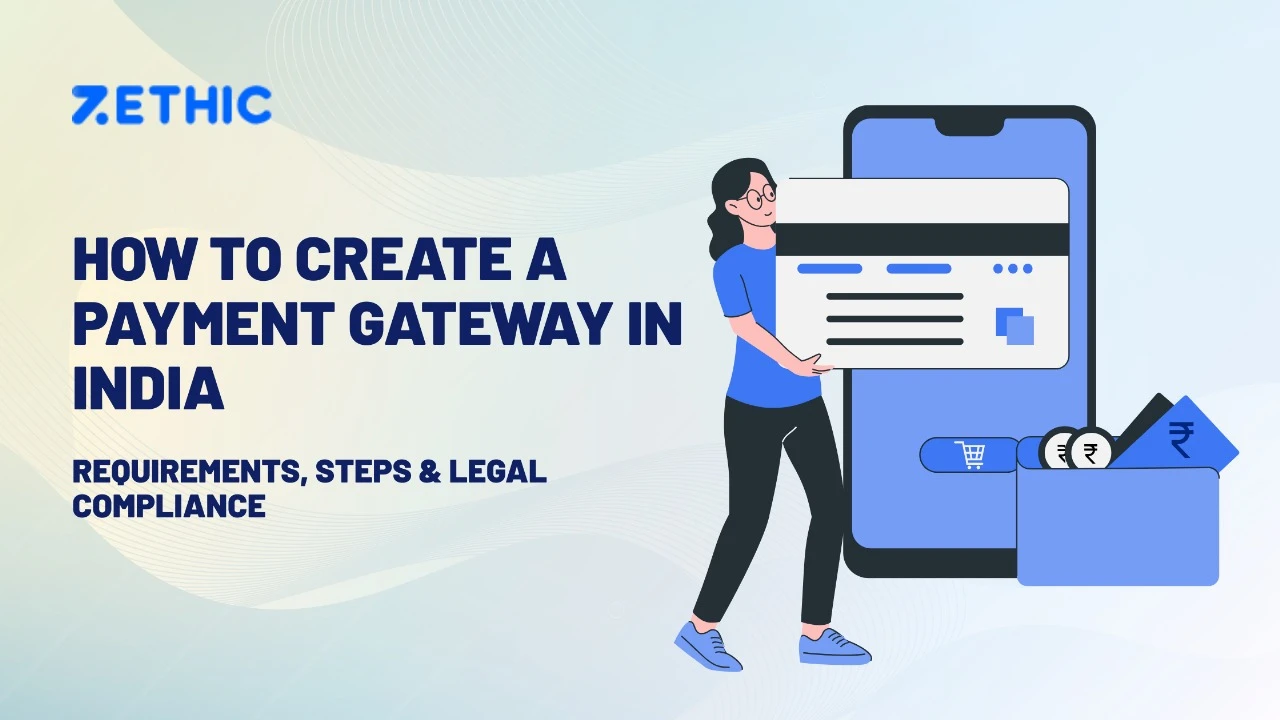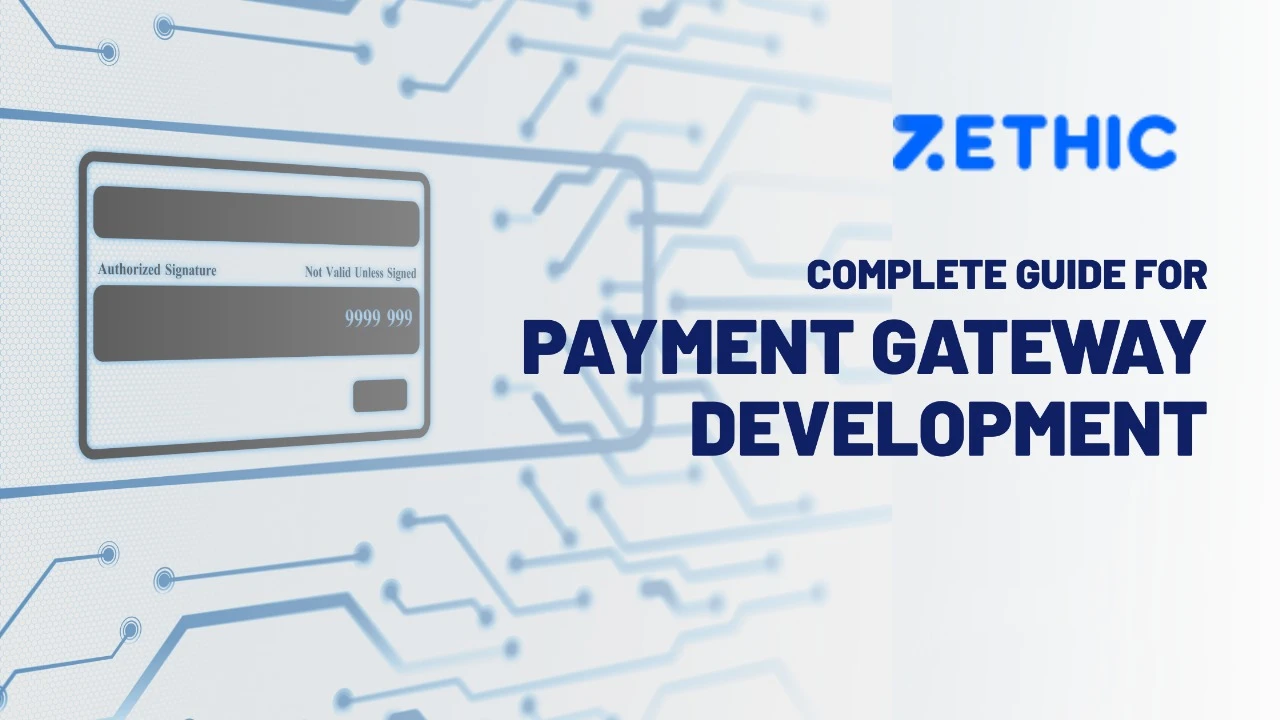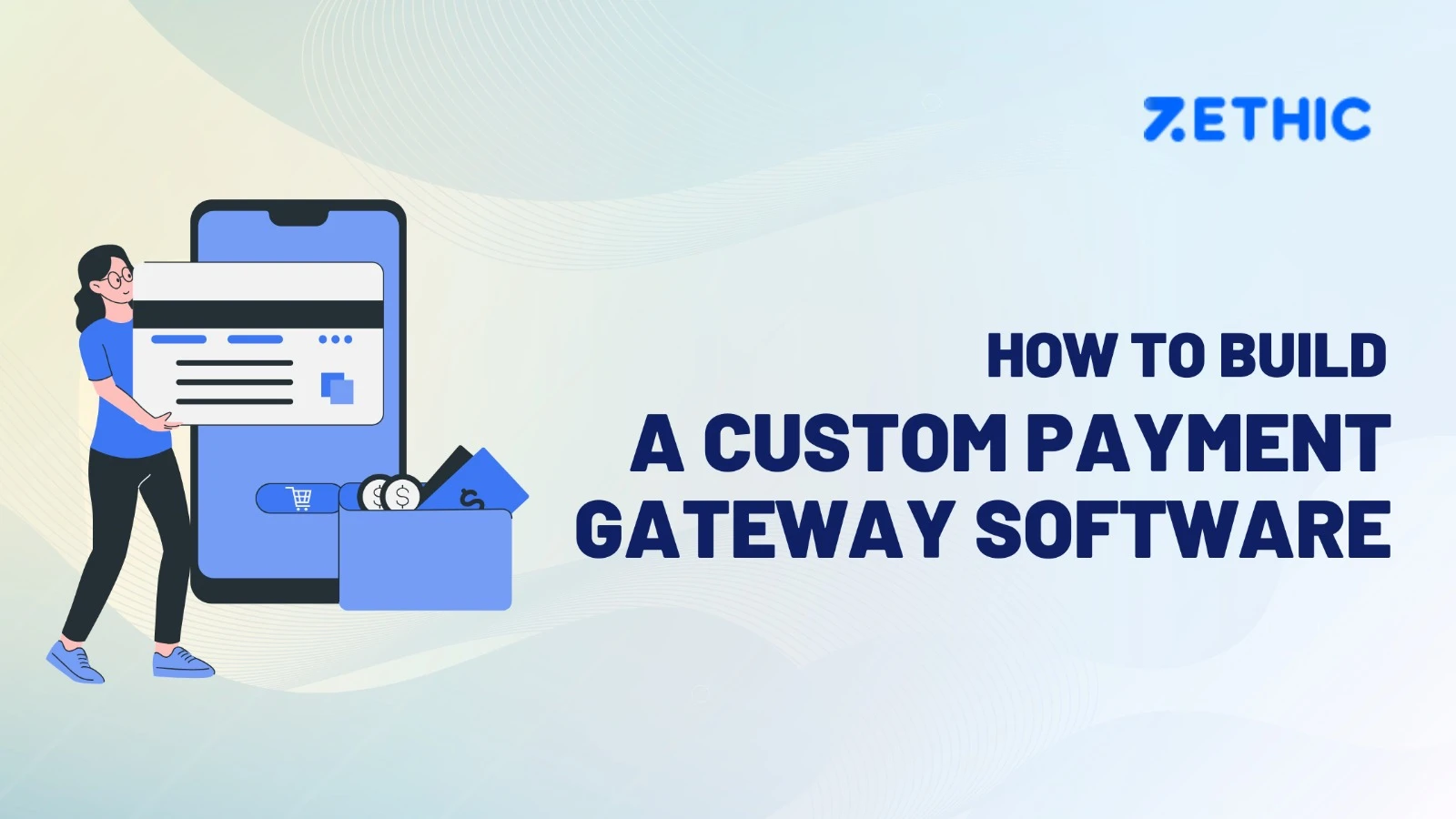India has become one of the fastest-growing digital payment ecosystems in the world, driven by UPI, mobile wallets, and an expanding internet economy. According to RBI data, India recorded over 14 billion UPI transactions in July 2025 alone, proving how deeply integrated digital payments have become in business and consumer life.
With this surge, many businesses and startups are exploring how to create their own payment gateway in India. Instead of relying entirely on third-party providers like Razorpay, PayU, or Stripe, building a custom gateway allows greater control, reduced transaction costs, and compliance-tailored operations.
But building a payment gateway isn’t just about technology it requires strict legal compliance, regulatory approvals, banking partnerships, and security certifications.
In this guide, we’ll walk you through everything you need to know about how to create your own payment gateway in India from legal requirements and infrastructure to costs and future opportunities.
What is a Payment Gateway & Why Build Your Own?
A payment gateway is a secure technology layer that authorizes, processes, and completes online transactions between customers, merchants, and banks. It encrypts sensitive data such as card numbers or UPI credentials and ensures funds move safely from the customer to the merchant’s account.
Most businesses today integrate with aggregators like Razorpay, Paytm, or CCAvenue. However, building your own gateway offers several advantages:
- Lower Costs: You reduce dependency on third-party charges and commissions.
- Full Control: You own the infrastructure, rules, and compliance processes.
- Brand Trust: Enterprises and fintechs can establish themselves as secure, RBI-approved prviders.
- Customization: Ability to offer unique features such as instant settlements, recurring billing, or multi-currency support.
Regulatory & Legal Requirements in India
Before you even start coding, compliance is the most critical step in creating a payment gateway. In India, payment gateways operate under strict supervision from the Reserve Bank of India (RBI) and NPCI (National Payments Corporation of India).
1. RBI Licensing
- To operate legally, you must apply for a Payment Aggregator (PA) or Payment Gateway (PG) license from RBI.
- Eligibility criteria include minimum net worth requirements (₹15 crore, scaling to ₹25 crore within 3 years).
2. PCI-DSS Compliance
- Global Payment Card Industry Data Security Standards (PCI-DSS) ensure that sensitive cardholder data is stored and transmitted securely.
3. KYC & AML Compliance
- RBI mandates Know Your Customer (KYC) and Anti-Money Laundering (AML) frameworks to verify merchants and detect fraudulent transactions.
4. Data Localization Rules
- As per RBI’s 2018 circular, all payment data must be stored within Indian servers.
5. Other Laws
- IT Act, 2000 for cybersecurity.
- Digital Personal Data Protection Act (DPDP) 2023 for handling user data.
- UPI Regulations governed by NPCI for any UPI-enabled gateway.
Core Requirements to Build a Payment Gateway in India
Apart from legal licensing, you’ll need a robust technical, financial, and operational setup.
- Technical Infrastructure: Servers, APIs, load balancing, and a scalable cloud environment.
- Security Measures: SSL encryption, tokenization, fraud detection, multi-factor authentication.
- Banking Partnerships: Tie-ups with acquiring banks (e.g., HDFC, ICICI) and card networks (Visa, MasterCard, RuPay).
- UPI & Wallet Integration: Mandatory for the Indian market.
- Customer Support & Dispute Resolution: Chargeback handling, refund management, and real-time assistance.
Step-by-Step Guide: How to Create Your Own Payment Gateway in India
Here’s a structured roadmap:
Step 1: Conduct Market Research
- Define your target market: SMEs, eCommerce, subscription services, or enterprises.
- Study competitors like Razorpay and PayU.
Step 2: Register Your Company & Apply for RBI License
- Incorporate a Private Limited Company.
- Submit an application to RBI for Payment Aggregator license with business plan, financials, and security framework.
Step 3: Secure Banking & NPCI Partnerships
- Partner with acquiring banks for settlement accounts.
- Apply for NPCI approval for UPI integration.
Step 4: Develop Core Technology
- Build APIs for merchants to integrate.
- Create a transaction routing engine.
- Enable support for multiple payment methods: cards, UPI, net banking, wallets.
Step 5: Implement Security & Compliance
- PCI-DSS Level 1 compliance.
- Fraud detection using AI & ML.
- Two-factor authentication (as per RBI’s 2FA mandate).
Step 6: Testing & Certification
- Conduct sandbox testing with NPCI and banks.
- Third-party security audits.
Step 7: Go Live & Merchant Onboarding
- Final RBI approval before operations.
- Onboard merchants, set transaction fees, and offer developer-friendly SDKs.
Costs of Developing a Payment Gateway in India
The cost varies depending on scale and compliance depth. Approximate ranges:
- Development Costs: ₹40–80 lakhs (software, APIs, servers, mobile SDKs).
- Compliance Costs: ₹15–30 lakhs (PCI-DSS certification, audits, RBI filings).
- Bank Security Deposits: ₹20–50 lakhs depending on partnerships.
- Annual Maintenance: ₹10–15 lakhs for servers, fraud systems, and updates.
Key Challenges & How to Overcome Them
- Regulatory Approvals Take Time – RBI licensing can take 6–12 months.
- High Setup Costs – Use phased rollout with modular features.
- Cybersecurity Risks – Adopt AI-driven fraud detection and 24/7 monitoring.
- Merchant Acquisition – Offer better pricing and faster settlement to attract merchants.
At Zethic, we help fintechs and enterprises navigate RBI compliance, build scalable API-first gateways, and integrate AI-driven security to launch faster with confidence.
Future of Payment Gateways in India
- UPI Credit Line & Recurring Payments will dominate.
- Digital Rupee (CBDC) will integrate with gateways soon.
- AI & Blockchain will enhance fraud detection and settlement transparency.
- Growing demand for white-label payment solutions among enterprises.
Launch Your RBI-Compliant Payment Gateway with Zethic
Zethic can help. With our expertise in fintech software development, payment gateway API integration, and compliance-first engineering, we partner with businesses to build RBI-compliant, scalable, and future-ready payment solutions.
Conclusion
Creating a payment gateway in India is a complex but rewarding process. It requires regulatory approval, technical innovation, banking partnerships, and airtight security. Businesses that successfully build one gain cost efficiency, market credibility, and control over their digital payment ecosystem.
People Also Ask
Is RBI approval required to start a payment gateway in India?
es, you must obtain an RBI license as a Payment Aggregator/Payment Gateway before offering services.
Can a private company create a payment gateway?
Yes, any private limited company meeting RBI’s eligibility and compliance requirements can apply.
How much does it cost to create a payment gateway in India?
Building a fully compliant payment gateway in India may cost between ₹1–2 crore including tech, licensing, and partnerships.






